Vibrations induced by the Slip-Ring and the Spindle
Table of Contents
1 Experimental Setup
All the stages are OFF.
Two geophone are use:
- One on the marble (corresponding to the first column in the data)
- One at the sample location (corresponding to the second column in the data)
Two voltage amplifiers are used, their setup is:
- gain of 60dB
- AC/DC switch on AC
- Low pass filter at 1kHz
A first order low pass filter is also added at the input of the voltage amplifiers.
Goal:
- Identify the vibrations induced by the rotation of the Slip-Ring and Spindle
Three measurements are done:
mat/data_024.mat: All the stages are OFFmat/data_025.mat: The slip-ring is ON and rotates at 6rpm. The spindle is OFFmat/data_026.mat: The slip-ring and spindle are both ON. They are both turning at 6rpm
A movie showing the experiment is shown on figure 1.
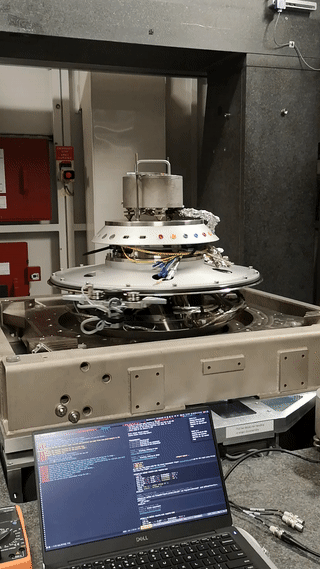
Figure 1: Movie of the experiment, rotation speed is 6rpm
2 Data Analysis
All the files (data and Matlab scripts) are accessible here.
2.1 Load data
of = load('mat/data_024.mat', 'data'); of = of.data; sr = load('mat/data_025.mat', 'data'); sr = sr.data; sp = load('mat/data_026.mat', 'data'); sp = sp.data;
2.2 Time domain plots
figure; hold on; plot(sp(:, 3), sp(:, 1), 'DisplayName', 'Spindle - 6rpm'); plot(sr(:, 3), sr(:, 1), 'DisplayName', 'Slip-Ring - 6rpm'); plot(of(:, 3), of(:, 1), 'DisplayName', 'OFF'); hold off; xlabel('Time [s]'); ylabel('Voltage [V]'); xlim([0, 100]); ylim([-10 10]); legend('Location', 'northeast');
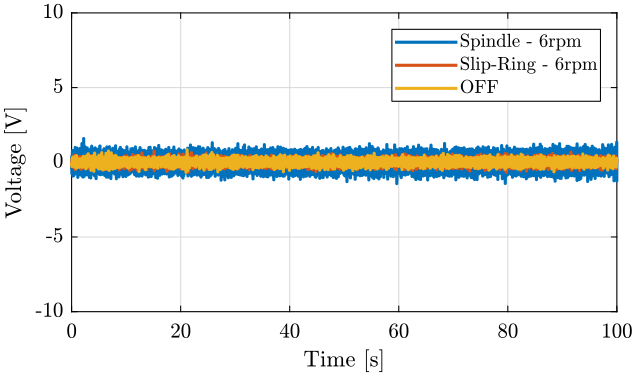
Figure 2: Measurement of the geophone located on the marble - Time domain
figure; hold on; plot(sp(:, 3), sp(:, 2), 'DisplayName', 'Spindle and Slip-Ring'); plot(sr(:, 3), sr(:, 2), 'DisplayName', 'Only Slip-Ring'); plot(of(:, 3), of(:, 2), 'DisplayName', 'OFF'); hold off; xlabel('Time [s]'); ylabel('Voltage [V]'); xlim([0, 100]); ylim([-10 10]); legend('Location', 'northeast');
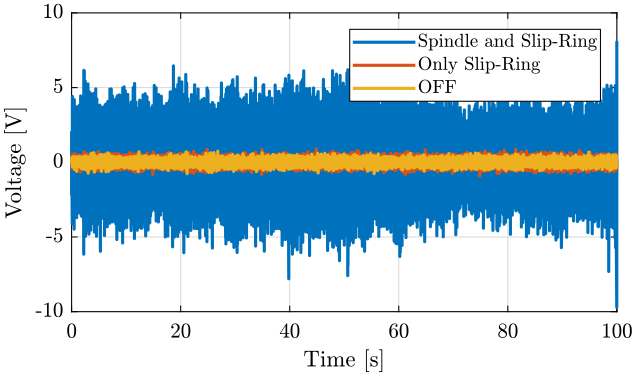
Figure 3: Measurement of the geophone at the sample location - Time domain
2.3 Frequency Domain
We first compute some parameters that will be used for the PSD computation.
dt = of(2, 3)-of(1, 3); Fs = 1/dt; % [Hz] win = hanning(ceil(10*Fs));
Then we compute the Power Spectral Density using pwelch function.
First for the geophone located on the marble
[pxof_m, f] = pwelch(of(:, 1), win, [], [], Fs); [pxsr_m, ~] = pwelch(sr(:, 1), win, [], [], Fs); [pxsp_m, ~] = pwelch(sp(:, 1), win, [], [], Fs);
And for the geophone located at the sample position.
[pxof_s, f] = pwelch(of(:, 2), win, [], [], Fs); [pxsr_s, ~] = pwelch(sr(:, 2), win, [], [], Fs); [pxsp_s, ~] = pwelch(sp(:, 2), win, [], [], Fs);
And we plot the ASD of the measured signals:
figure; hold on; plot(f, sqrt(pxsp_m), 'DisplayName', 'Spindle - 6rpm'); plot(f, sqrt(pxsr_m), 'DisplayName', 'Slip-Ring - 6rpm'); plot(f, sqrt(pxof_m), 'DisplayName', 'OFF'); hold off; set(gca, 'xscale', 'log'); set(gca, 'yscale', 'log'); xlabel('Frequency [Hz]'); ylabel('ASD of the measured Voltage $\left[\frac{V}{\sqrt{Hz}}\right]$') legend('Location', 'southwest'); xlim([0.1, 500]);
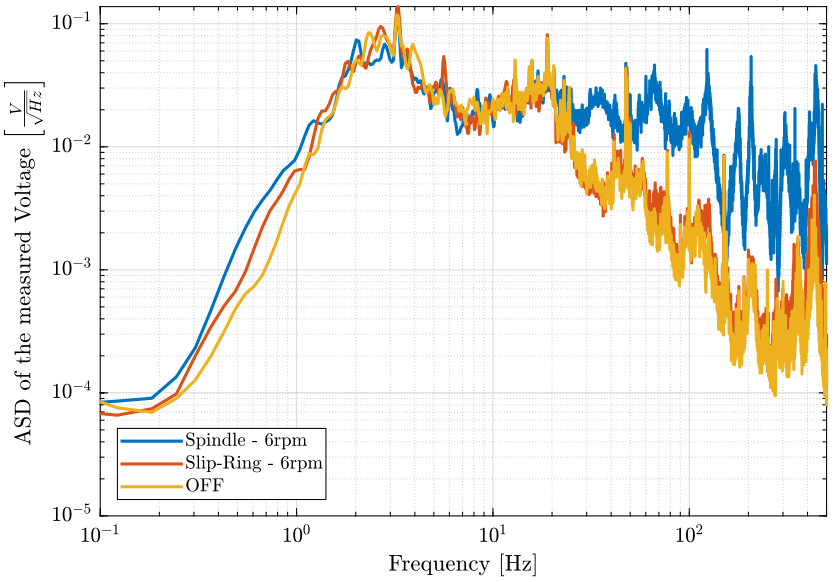
Figure 4: Comparison of the ASD of the measured voltage from the Geophone on the marble
figure; hold on; plot(f, sqrt(pxsp_s), 'DisplayName', 'Spindle - 6rpm'); plot(f, sqrt(pxsr_s), 'DisplayName', 'Slip-Ring - 6rpm'); plot(f, sqrt(pxof_s), 'DisplayName', 'OFF'); hold off; set(gca, 'xscale', 'log'); set(gca, 'yscale', 'log'); xlabel('Frequency [Hz]'); ylabel('ASD of the measured Voltage $\left[\frac{V}{\sqrt{Hz}}\right]$') legend('Location', 'southwest'); xlim([0.1, 500]);
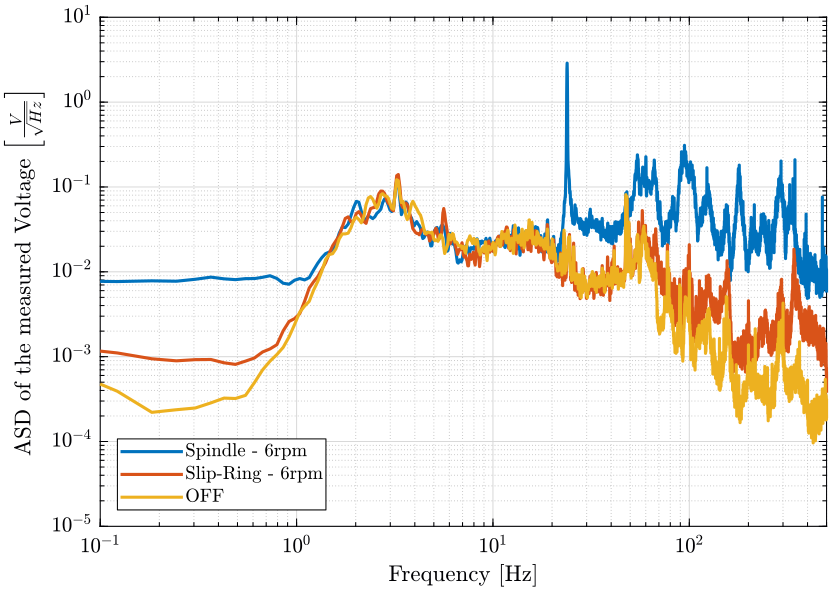
Figure 5: Comparison of the ASD of the measured voltage from the Geophone at the sample location
2.4 Conclusion
The slip-ring rotation induces almost no vibrations on the marble, and only a little vibrations on the sample above 100Hz.
The spindle rotation induces a lot of vibrations of the sample as well as on the granite. There is a huge peak at 24Hz on the sample vibration but not on the granite vibration.